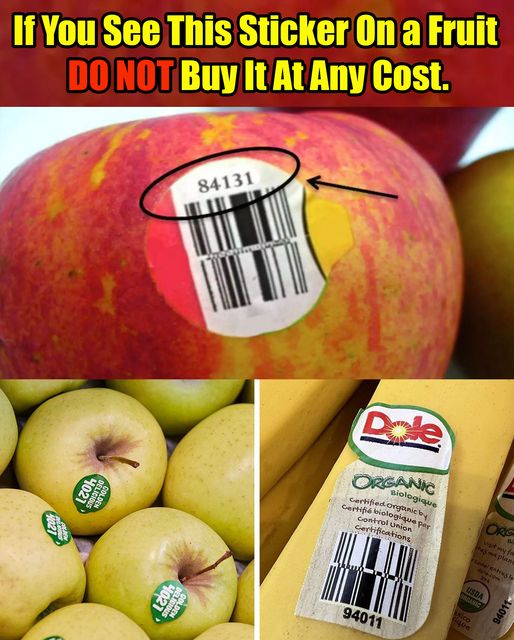
Ever wondered what the numbers on fruit stickers in the grocery store signify? These numbers aren’t just random; they carry essential information about how the fruit was grown. Let’s decode these numbers together.
Organic Indicator: Number 9
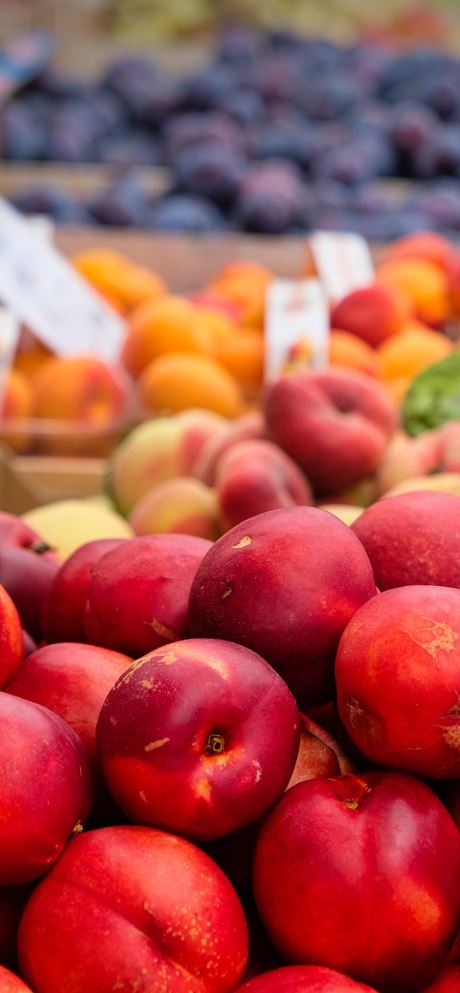
If you see a fruit sticker with a number that starts with 9 and is followed by four more digits, this indicates that the fruit was organically grown. This five-digit code helps identify such produce during checkout.
The GMO Code: Number 8
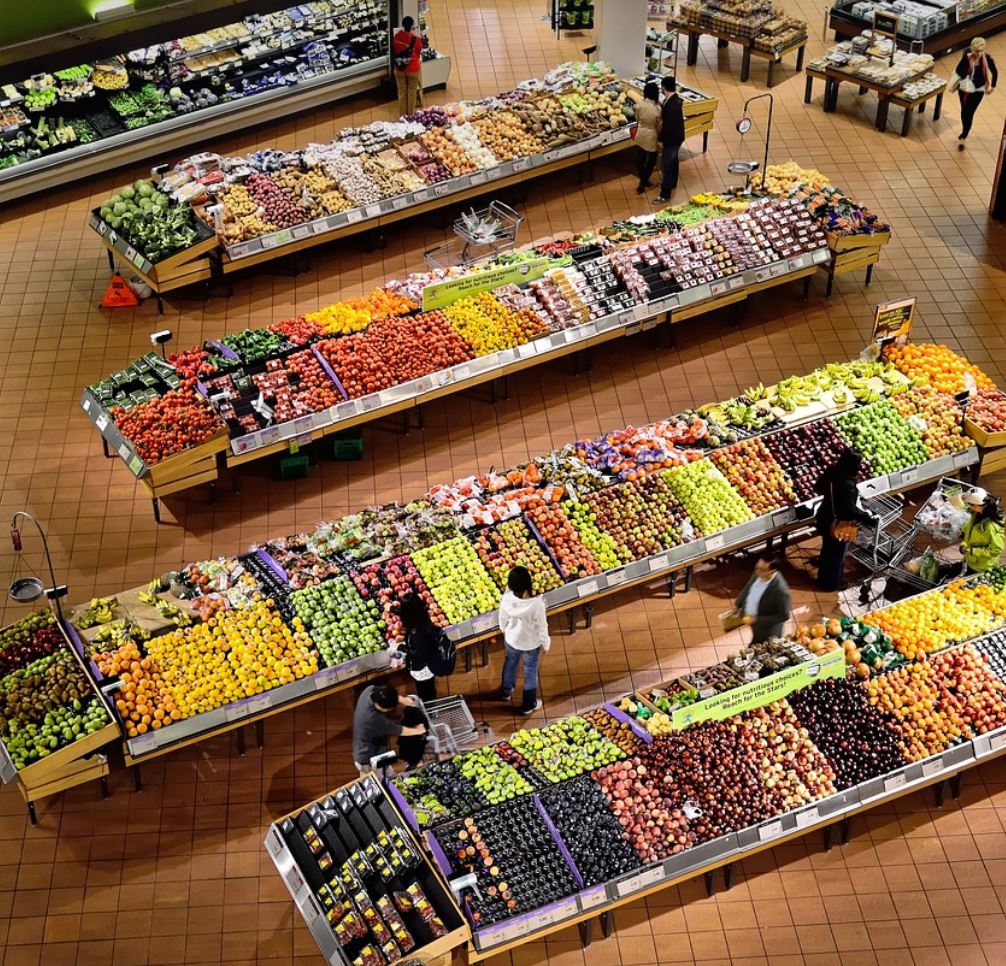
Fruits with a sticker showing a five-digit number beginning with an 8 are genetically modified. While GMOs remain a subject of debate regarding their long-term health impacts, they are relatively rare and regulated carefully.
Conventional Farming: 4-Digit Codes
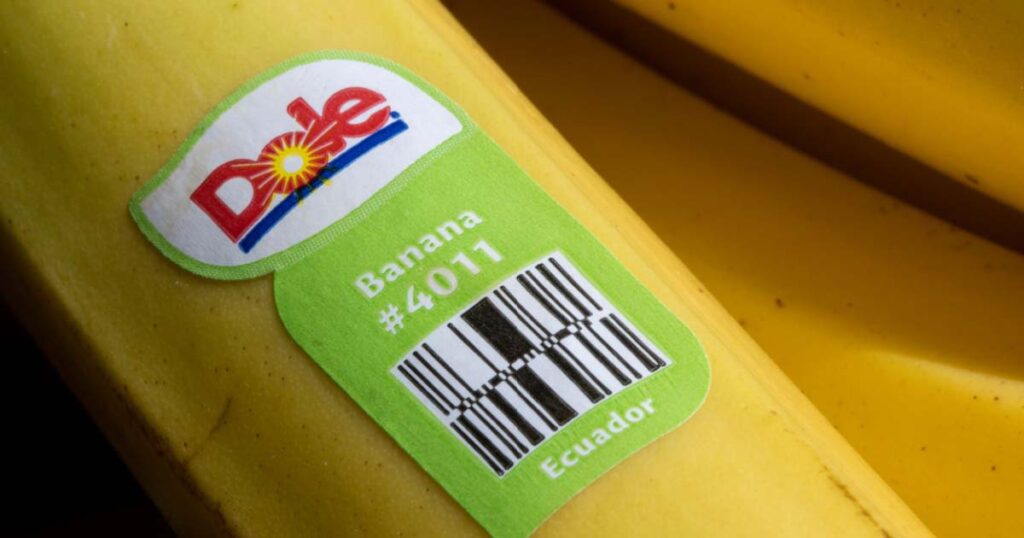
A four-digit code that starts with a 3 or 4 typically means the produce is conventionally grown, using common farming practices including synthetic pesticides and fertilizers.
Understanding Conventional Growth
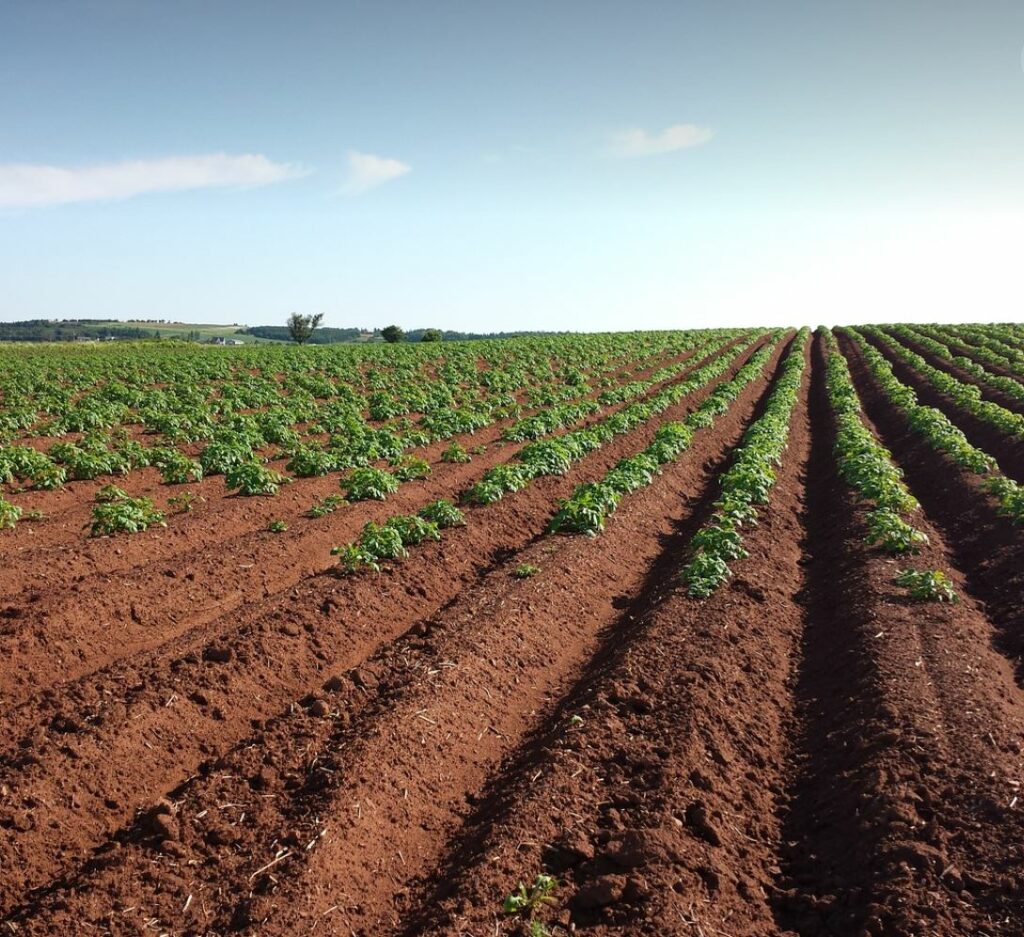
Conventional farming uses synthetic materials for plant growth and pest control. While debates on the environmental and health impacts of these practices continue, the nutritional value is said to be comparable to organic products.
Expert Insights
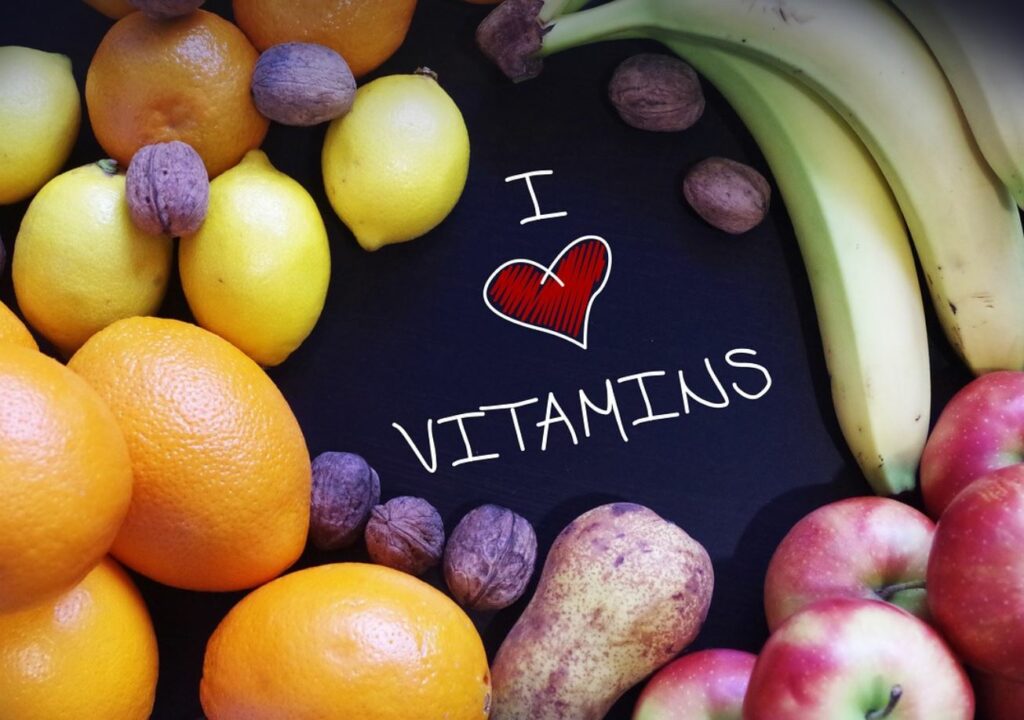
Dr. Tamika D. Sims, a food technology communications expert, suggests focusing on maintaining a varied and balanced diet rather than over-emphasizing organic or conventional labels on produce.
Significance of Sticker Numbers
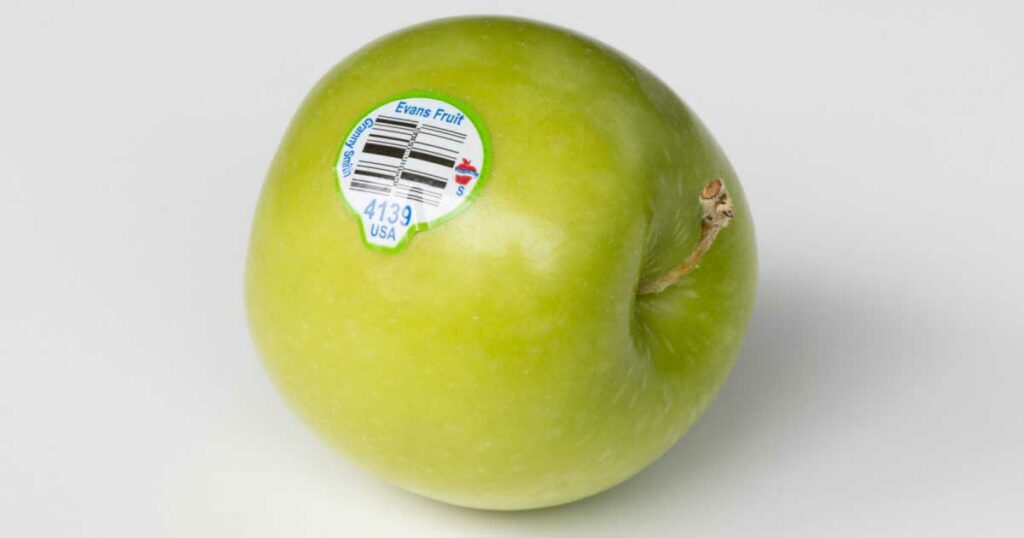
The various numbers on fruit stickers not only help staff at checkout but also provide customers with valuable information about the growth methods and quality of produce. It’s a system aimed at ensuring the quality and traceability of fruits and vegetables globally.
The Standardization System

The International Federation for Produce Standards works to enhance supply chain efficiency through the standardization of these codes, thereby ensuring consistency and quality in produce marketing.
Role of PLU Codes

The numerical sticker system introduced in the 1990s helps categorize fruits and vegetables to guarantee quality. This optional system, though not universally used, aids in organizing global agriculture and ensuring that every individual has access to quality nutrition.
